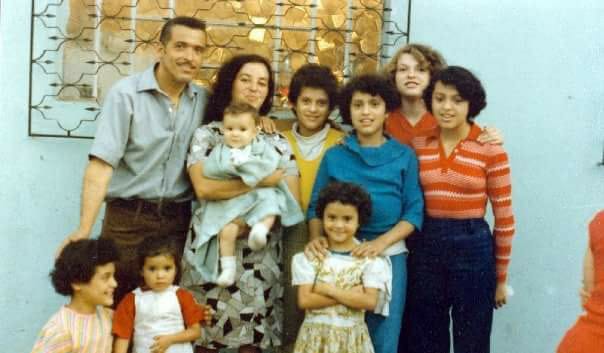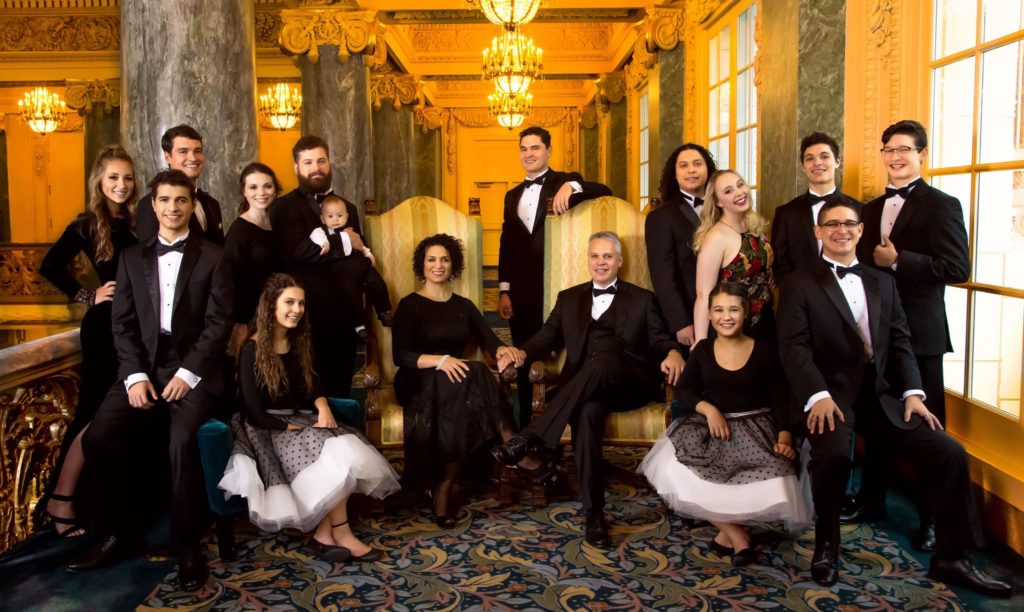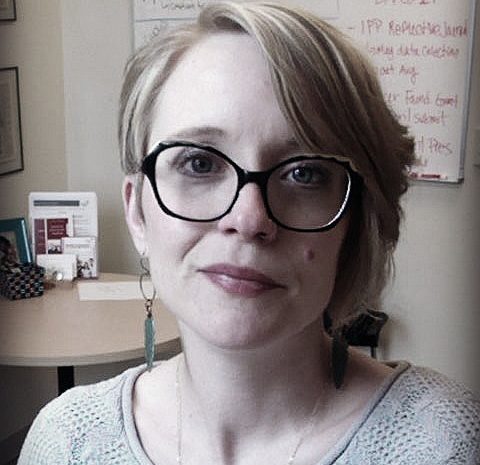
A Tale of Two Women
The potential of our future is rooted in the power and persistence of images from our past. Heritage narratives are stories told from diverse perspectives that connect us to previous generations. These stories inspire individual lives, encourage social activism, and inform our national experience. The memories we share in public spaces shape the way we view our history, and plan for the future.

……………………………………………………………………………………………….
As a child in the early 1970s, Debora Ruano Fletcher discovered the power of heritage narratives. Precocious, inquisitive, and tall for her seven years, she sits at a table in the bright, open dining room of her family’s restaurant near Guatemala City. Raven ringlets frame her high bronze brow, and golden brown eyes beam as she listens. Her father, Jose Ruano Roca, and his friends share images and accounts of their fight for freedom, of the valor of their people, of a revolution lost. The one that captivates her the most is about her grandmother, a village doctor, whose powers saved her family members even when she wasn’t with them.
Jose rides in the backseat of a Guatemalan Army jeep sandwiched between two armed guards. It’s 1954, and hours before, mercenary soldiers picked him up as a person of interest. He wonders if this will be his last ride through the Guatemalan rainforest. As a leader of an unlikely band of freedom fighters, Jose, and his fellow cadets fought to disrupt the plans of the newly installed dictator, Castillo Armas.
Though it did cause disruption, the battle of August 2, did not restore Guatemala’s democratically elected government. All the cadets were either killed by Armas’ forces or exiled to neighboring countries. (Streeter, 2000) When the soldier next to him asks his name, Jose answers truthfully. The soldier growls, “I know who you are. I know your village and your people. You see this scar?” he asks, lifting his shirt.
Earlier in the summer of 1954, Guatemala’s first president of the people resigned in the face of a coup, and a soldier lay dying on the street of a Guatemala City suburb. He belonged to the band mercenaries gathered by Castillo Armas to overthrow the legitimate government. Blood pooled beneath the soldier from a deep machete wound to his back. He called for help. None came.
Hated and feared by the people, he was sure his life was over. Then, as consciousness began to fade, he felt himself being lifted and carried into a house. Aura Lily Roca, the village healer, cleaned and stitched his wounds. She bandaged the long cut and cared for him until he was well enough to leave her home.
Back in the jeep, the soldier says, “I know your mother. She helped me when no one else would. We are going to a place where you are meant to be detained. When we get there, the other soldiers will tell you there has been a mistake, that you are free to go. As you walk away, they will shoot you and say you were trying to escape. Instead, I will give a signal before we get there. You will jump from the jeep and run. Your mother saved my life. Now I will save yours.”
The soldier gives the signal. Jose jumps. He lives in exile for the next 7 years.
Debora, now a mother, scholar, and humanitarian says, “Every time I heard that story, I wanted to be some sort of doctor like my grandmother. She helped a stranger who everyone hated, and because of her courage, her son, my father, was saved. I don’t know what I would have done without that memory. How can we become what we haven’t imagined? I never wanted to take up arms to defend my people, but I knew I could prepare myself as an asset to help heal them.”

…………………………………………………………………………………………….
In the early Spring of 2002, Debora visited the labor and delivery floor of LDS Hospital in Salt Lake City, Utah. Soon to welcome another child to her family she toured the hospital as a prospective patient. With long strides, she walked the halls and considered her future. “I was attending the University of Utah taking classes part-time. My bachelor’s degree was taking much longer than I planned, never mind postgraduate work. Years earlier I read the biography of Ellis Shipp. She was a pioneer, a mother, a suffragist, and after many challenges, Utah’s first female doctor. She became one of my heroes”
As Debora toured LDS Hospital that day, she thought about the non-linear path her education had taken. She felt a lot of uncertainty. Should she reenroll at the University next semester? Would medical school be her next best bet? Was this the place she should deliver her next baby?
At the end of the hall near the elevator, Debora approached a memorial display. It contained an aged dress, a notebook, a medical bag. Each artifact faded and frayed from years of use. A plaque honored the first Resident Physician of the hospital and owner of the items, Dr. Martha Hughes Cannon.
Debora recalls, “I was struck because here was a dear friend of my hero, Ellis Shipp. Martha’s story showed up just when I needed it. She and I had a lot common. She immigrated to Utah from another country and crossed the continent numerous times in pursuit of her education just like I have. She was a wife and mother who dedicated her life to learning and healing. She championed the cause of women.”
Despite the difficulties of harmonizing home, education, and influence in the wider world, Debora left the hospital feeling inspired and encouraged. “I knew if pioneer women could do it, with greater trials and fewer privileges than mine, I could too.”
Three months later she delivered a healthy baby at LDS Hospital. Her eighth son. By January of the following year she was back in school.
……………………………………………………………………………………………….
In 2015 Debora became concerned with the lack of civic participation by women in Utah and founded a non-government organization, Sustainable Families Group, to provide policy engagement opportunities for women and men. The organization promotes the concept of family capital as a solution to the world’s biggest problems of poverty, hunger, and educational access.
Now, between trips to the state legislature, hosting events at the United Nations, and managing the affairs of her very large family, Debora continues to work on her education in Family Sciences. She’s still determined to become a doctor, of sorts, and help heal her people.
Standing in front of Martha’s statue on the Utah State Capitol grounds, Debora thinks of how far she’s come since first hearing the stories of her Guatemalan grandmother, the village doctor, Aura Lily Roca. She feels a surge of kinship with other doctors, closer to home, but further away in time, Ellis Shipp and Martha Hughes Cannon.
“You can’t be part of the process of bringing solutions in such a hands-on way and not be changed by it. You can’t just put your head back in the sand. We need to encourage women to look at icons and stories from our past, find role models, and help our girls see their potential as women, mothers, students, and influencers. They can be heroes! They can change the future for their families and the world!”
-Written by Mariah Fralick




